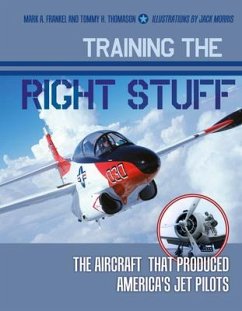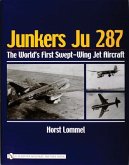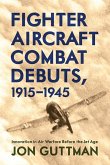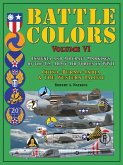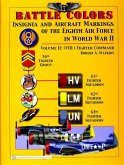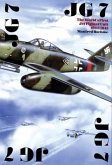A comprehensive study of the training aircraft used to transition the United States military into the jet age. At the end of World War II, high-performance jets with unfamiliar operating characteristics were replacing propeller-driven airplanes. As accident rates soared, the Air Force and Navy recognized the need to develop new trainers to introduce fledgling as well as experienced pilots to jet flight. The first step occurred in 1948, when a two-seat jet trainer, the T-33, was developed with private funds. It was welcomed by the Air Force and subsequently the Navy, allowing both services to start building modern air arms. Over time other new trainers were developed to serve specific needs while innovations, such as high fidelity simulators, accelerated the process, reduced costs, and increased safety. The evolution continues today with the goal of producing high-quality newly winged aviators for assignment to operational squadrons.

